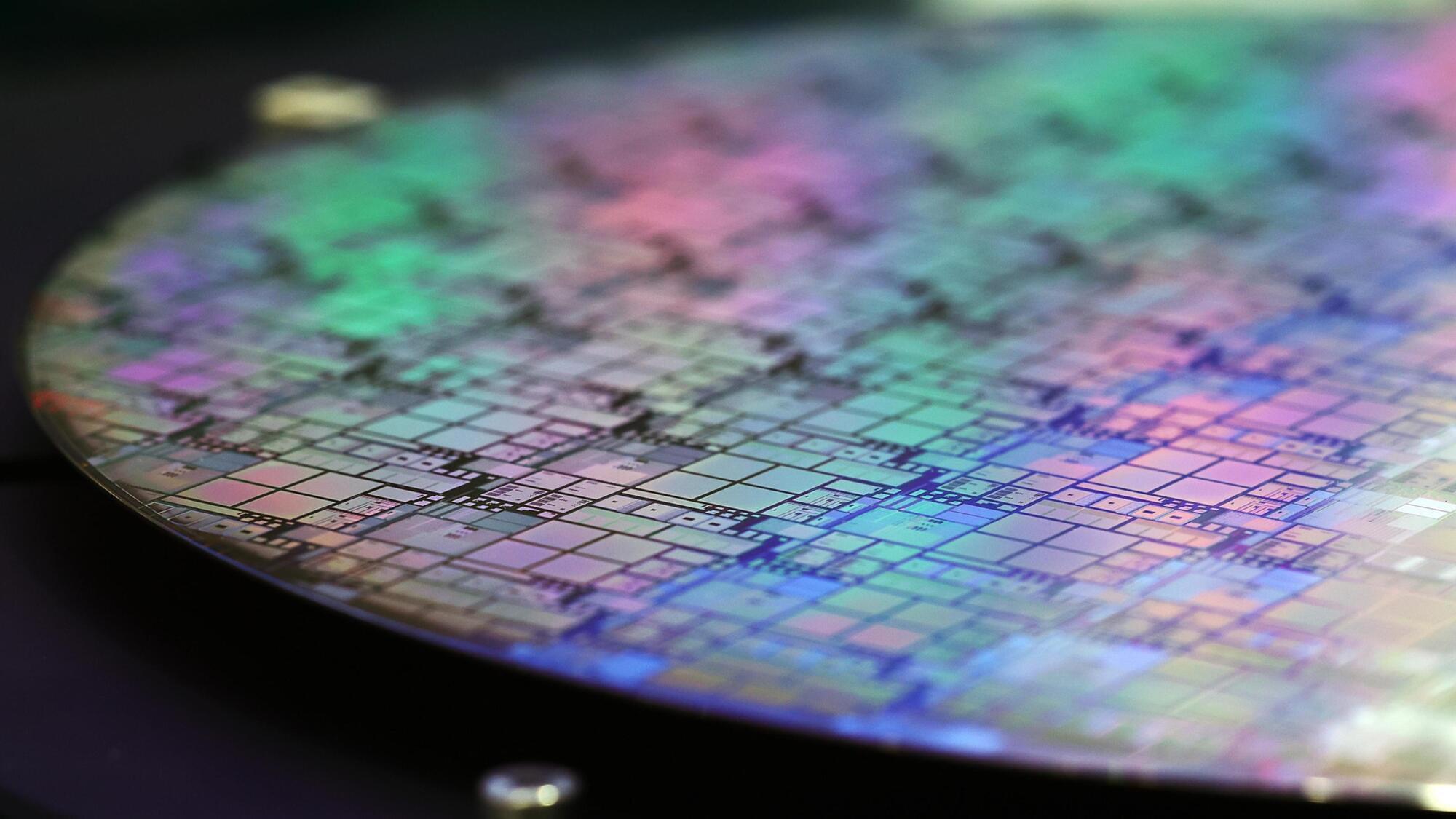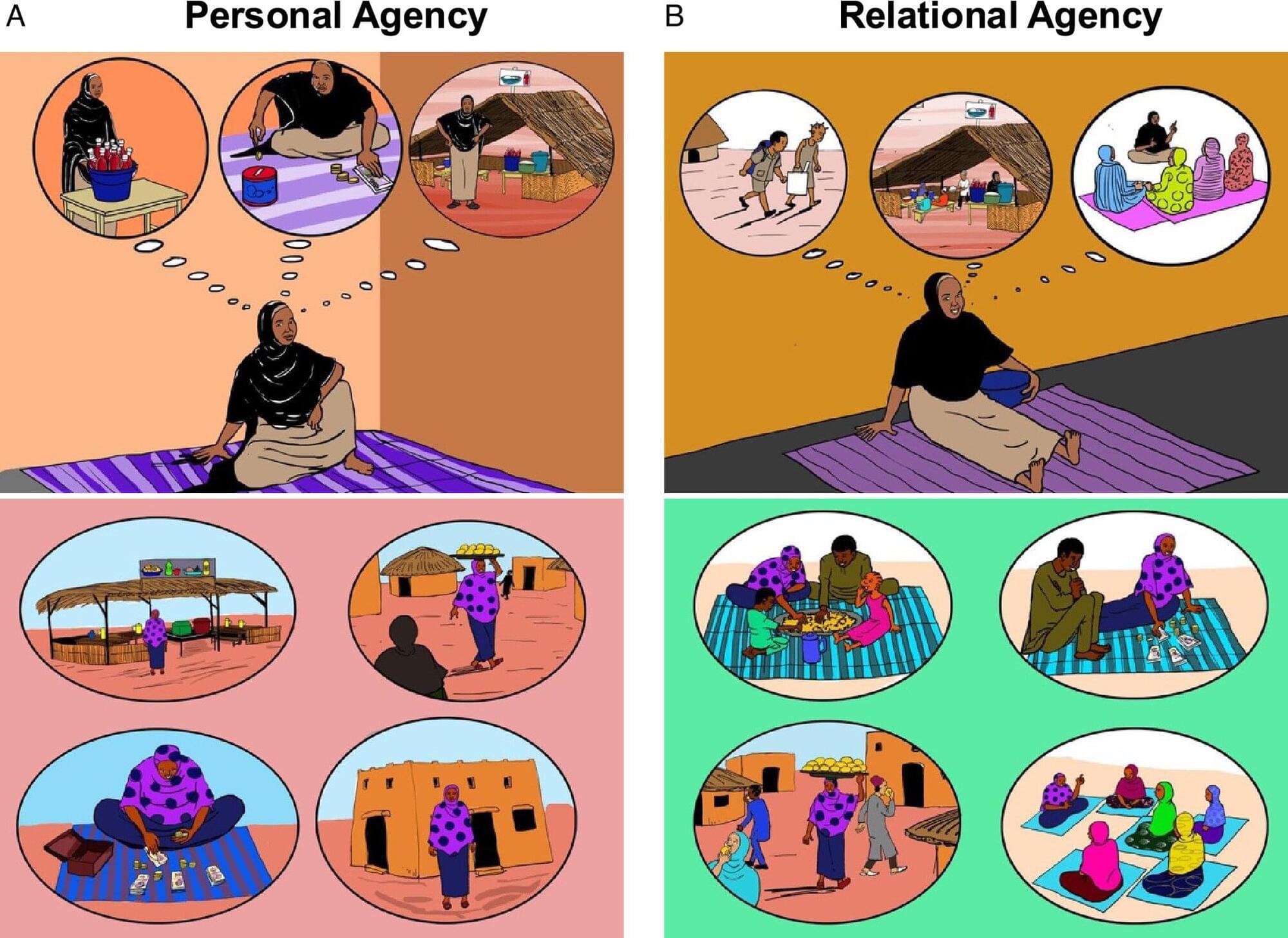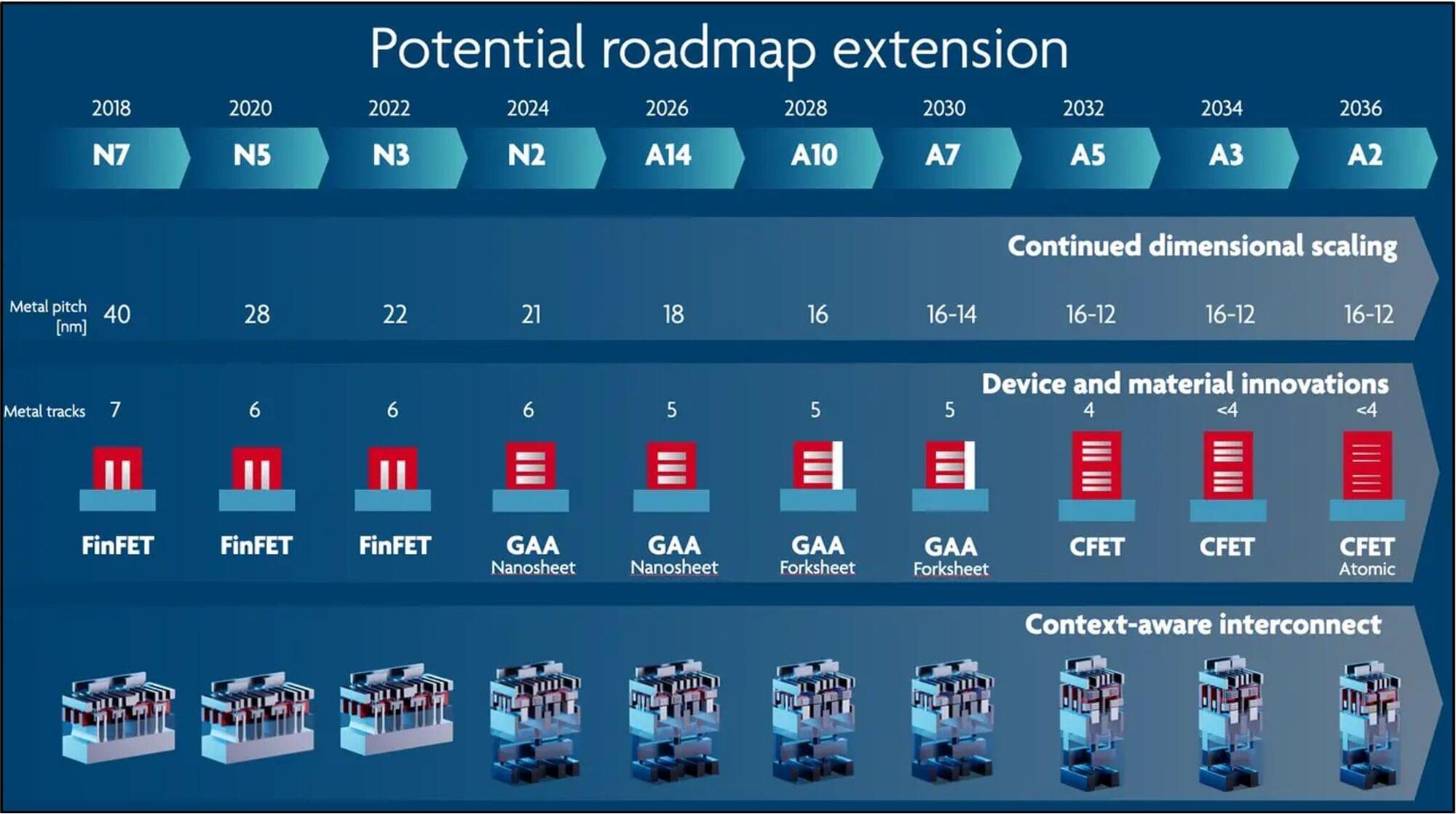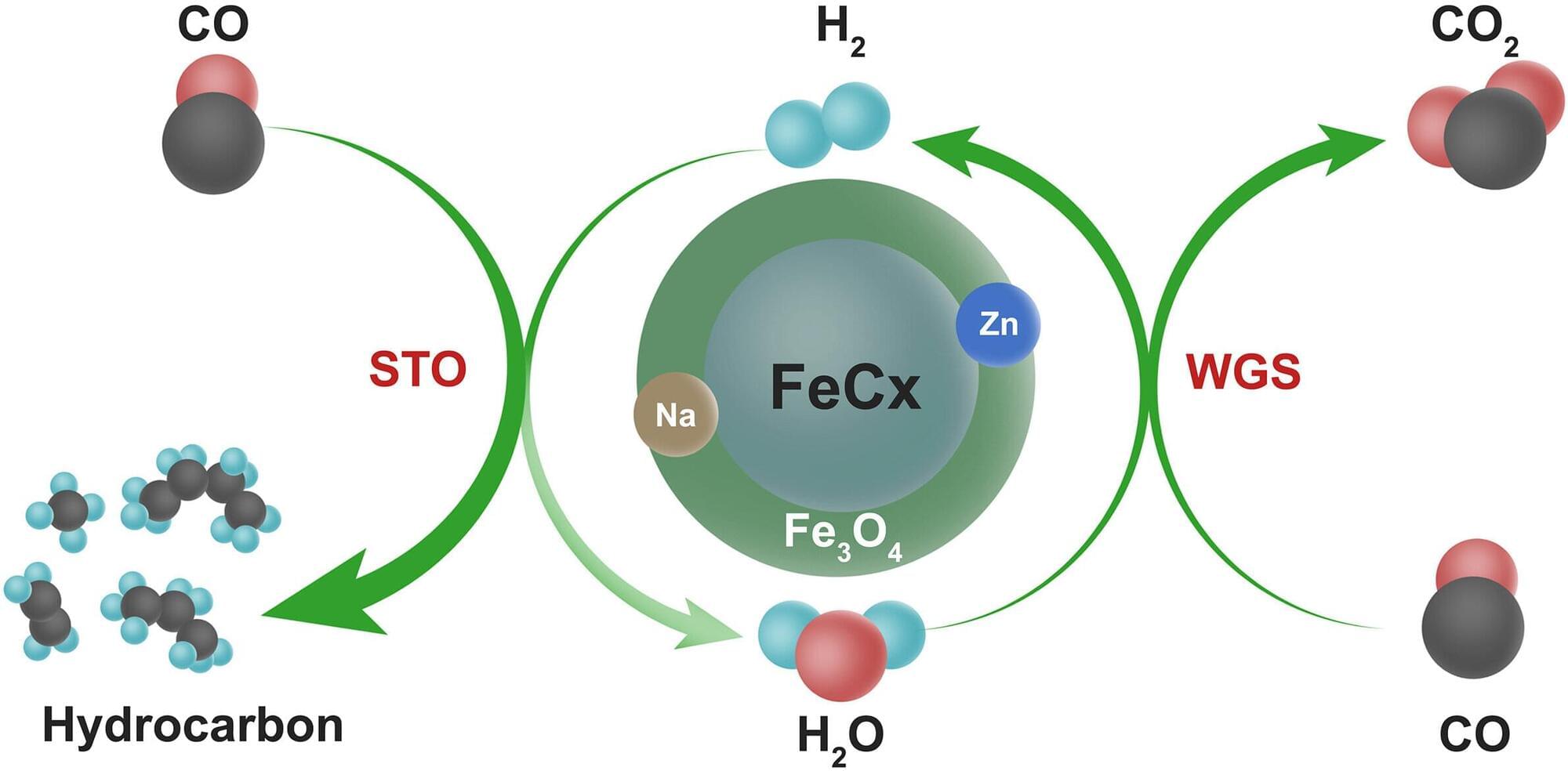Government turns recommendations into requirements as crippling attacks rise



But what if we’re in a “rational bubble” that, unlike other big speculative manias in history, takes our economy to a fundamentally better place?
I’m borrowing the phrase “rational bubble” from conversations with a Nobel laureate in economics, my friend A. Michael Spence. Bubbles seem by definition irrational. They grow as investors — often hostage to exuberant, herd-like behavior — push valuations well beyond anything warranted by the fundamentals on the ground.
However, the A.I. excitement, as seen in the blowout Nvidia earnings on Wednesday, rightly reflects the potential transformation of the entire economy. It is economically rational to risk losing everything on several bets if just a few can deliver a thousandfold return, which some A.I. investments almost certainly will.
Elon Musk just made a bold announcement that could completely redefine Tesla’s future — but almost no one noticed. At the 2025 Tesla Shareholder Meeting, Elon revealed a deeper vision that goes far beyond cars. From AI and humanoid robots to clean energy and automation, Tesla is positioning itself as the driving force behind humanity’s next great leap.
In this video, Chris Smedley and the Ideal Wealth Grower team break down the hidden message behind Elon’s words, why the singularity may already be unfolding, and how Tesla’s shift toward artificial intelligence could reshape the global economy — and your investment strategy. Stay tuned till the end to discover why this could be the most important turning point in Tesla’s history.
Know what Type of Business suits you first at https://quiz.franchisewithbob.com/rg — and COPY THE RIGHT BUSINESS FOR YOU!
Thanks, Franchise with Bob, for sponsoring this episode!
Watch on Social media profiles:
LinkedIn: https://www.linkedin.com/posts/ameier…
https://twitter.com/IdealGrower/status/1986
… Welcome to Ideal Wealth Grower, the channel that helps you build real wealth, create passive income, and achieve true time freedom. I’m Axel Meierhoefer — former US Air Force officer, real estate investor, and lifelong learner inspired by visionaries like Elon Musk. After more than 20 years of successful real estate investing, I reached my own financial freedom point, and now I’m here to help you do the same. If you’re ready to stop trading time for money, take control of your financial future, and live life on your terms — you’re in the right place. Stay connected with us! ✅ X: twitter.com/idealgrower ✅ Our community: cutt.ly/0rDZ1fNI ✅ Linked In: / ameierhoefer ✨ ✨
/ @idealwealthgrower Top Data Scientist Exposes Quantum AI Disruption, Digital AI Twins | Anthony Scriffignano
• Top Data Scientist Exposes Quantum AI Disr… Is INFINITE BANKING the Future of Sustainable Wealth? with Chris Naugle | Age of Abundance
• Is INFINITE BANKING the Future of Sustaina… Elon Musk Just Changed Everything at Tesla — And No One’s Talking About It #elonmusk #tesla #chrissmedley #idealwealthgrower #teslanews #teslastock #teslainvestors #teslashareholdermeeting #teslaupdate #teslafuture #teslabot #teslaai #artificialintelligence #teslainnovation #futuretech #robotics #teslainvesting #wealthbuilding #financialfreedom #stockmarket #investing #technologynews #innovation #elonmusknews #teslamasterplan #ai what elon musk said at tesla 2025 meeting tesla AI day 2025 full presentation tesla master plan 4 explained tesla robot update 2025 elon musk latest tesla news elon musk tesla 2025 updates tesla shareholder meeting highlights.
X: https://twitter.com/IdealGrower/status/1986…

Most poverty-fighting efforts focus on meeting basic material needs, such as food and shelter. But this overlooks the psychological and cultural factors that shape how people take action in their lives.
University of Michigan researchers found that psychosocial programs designed to support women’s agency in Niger, West Africa, were effective in promoting women’s economic empowerment when grounded in local values—such as social harmony, respectfulness and collective progress—but not a Western-style program grounded in individual ambition.
The new study highlights how culturally attuned approaches to empowerment can offer a powerful pathway for reducing global poverty. The research, published in the latest issue of Proceedings of the National Academy of Sciences, introduces a “culturally wise” approach: psychosocial programs that honor diverse worldviews and community values.

Natural gas—one of the planet’s most abundant energy sources—is primarily composed of methane, ethane, and propane. While it is widely burned for energy, producing greenhouse gas emissions, scientists and industries have long sought ways to directly convert these hydrocarbons into valuable chemicals. However, their extreme stability and low reactivity have posed a formidable challenge, limiting their use as sustainable feedstocks for the chemical industry.
Now, a team led by Martín Fañanás at the Center for Research in Biological Chemistry and Molecular Materials (CiQUS) at the University of Santiago de Compostela has developed a groundbreaking method to transform methane and other natural gas components into versatile “building blocks” for synthesizing high-demand products, such as pharmaceuticals. Published in Science Advances, this advance represents a critical leap toward a more sustainable and circular chemical economy.
For the first time, the CiQUS team successfully synthesized a bioactive compound—dimestrol, a non-steroidal estrogen used in hormone therapy—directly from methane. This achievement demonstrates the potential of their methodology to create complex, high-value molecules from a simple, abundant, and low-cost raw material.

The rich in the U.S. just keep getting richer. Over the five decades, incomes have risen materially faster at the very top than anywhere below, and similarly, wealth has accumulated much more quickly at the top than anywhere below. A report from the Stone Center On Socio-Economic Inequality (at CUNY) looks at the mutually-reinforcing relationship between these two dynamics…
Homoploutia describes the situation in which the same people (homo) are wealthy (ploutia) in the space of capital and labor income in some countries. It can be quantified by the share of capital income rich who are also labor income rich. In this paper, we combine several datasets covering different time periods to document the evolution of homoploutia in the United States from 1950 to 2020. We find that homoploutia was low after World War II, has increased by the early 1960s, and then decreased until the mid-1980s. Since 1985 it has been sharply increasing: In 1985, about 17% of adults in the top decile of capital income earners were also in the top decile of labor-income earners. In 2018 this indicator was about 30%. This makes the traditional division between capitalists and laborers less relevant today. It makes periods characterized by high interpersonal inequality, high capital-income ratio, and high capital share of income in the past fundamentally different from the current situation. High homoploutia has far-reaching implications for social mobility and equality of opportunity. We also study how homoploutia is related to total income inequality. We find that rising homoploutia accounts for about 20% of the increase in total income inequality in the United States since 1986…
Note that the report was written in the 2020 (and published in The Review of Income and Wealth in 2023). The dynamic has continued since; the polarizing impact has grown.

Scientists have developed a new iron-based catalyst that improves the typically low hydrogen atom economy (HAE) in the direct synthesis of olefins—small hydrocarbon molecules. It converts the water produced as a by-product into hydrogen for olefin production, thereby boosting overall efficiency.
Olefins derived from petroleum are the building blocks for many plastics and fuels. Direct conversion of syngas—a mixture of carbon monoxide (CO) and hydrogen (H2)—into olefins offers a promising alternative to reducing reliance on petroleum. It opens ways for using syngas derived from coal, biomass, or natural gas as a feedstock for olefin production.
In this study published in Science, researchers presented a sodium-modified FeCx@Fe3O4 core-shell catalyst produced via coprecipitation and thermal treatment. The catalyst achieved over 75% olefin selectivity and a 33% by weight hydrocarbon yield. It also had an HAE of ~66–86%, which is significantly higher than the ~43–47% seen in the traditional syngas-to-olefin (STO) conversion methods.
Advancements in AI, robotics, and space exploration are driving us towards a future of sustainable abundance, enabled by innovations such as space-based solar power, humanoid robots, and scalable AI infrastructure. ## ## Questions to inspire discussion.
Terafabs and AI Chips.
🛠️ Q: What are Elon Musk’s plans for terafabs?
A: Musk plans to build terafabs with 10 lines, each producing 100k wafers/month, costing **$10–20 billion/line.
🔋 Q: What challenges do AI chips face for scaling?
A: Scaling AI faces bottlenecks in AI chips and energy, with Musk’s terafabs and solar power as key solutions.

In today’s AI news, Southeast Asia’s largest bank is rolling out an AI chatbot for its corporate clients, giving “round-the-block” access for customer care needs. A pilot version of the generative AI-powered chatbot, named DBS Joy, was rolled out in February. It has since managed over 120,000 unique chats, DBS claimed in a statement. The virtual assistant also cut waiting times, and customer satisfaction scores rose by 23%. The bank’s virtual assistant was first rolled out in 2018, under the same name.
In other advancements, Artificial intelligence giant OpenAI on Monday announced a new initiative that aims to make it easier for service members and veterans to use AI tools when they’re transitioning from military service to the workforce. The ChatGPT-maker announced that service members within 12 months of separation or retirement from, or any veteran within their first year of leaving military service, can access a free year of access to ChatGPT Plus, the company’s subscription-based tool.
Meanwhile, Neurodiverse professionals may see unique benefits from artificial intelligence tools and agents, research suggests. With AI agent creation booming in 2025, people with conditions like ADHD, autism, dyslexia and more report a more level playing field in the workplace thanks to generative AI. A recent study from the UK’s Department for Business and Trade found that neurodiverse workers were 25% more satisfied with AI assistants and were more likely to recommend the tool than neurotypical respondents.
And, San Francisco became a meme — a symbol of American urban decay. Between 2019 and 2024, the city lost 4 per cent of its population, one of the largest declines in America. But thanks to AI — and new “tough on crime” mayor Daniel Lurie — the vibe has, unquestionably, shifted. Since 2020, more than 2,400 AI companies have been founded in San Francisco, a city of just 830,000 people. “Hacker houses”, where bright-eyed coders live communally and build what they hope will be the next Google, have cropped up across the city.
In videos, Six of the most influential minds in artificial intelligence joined FT Live for an exclusive conversation on how their breakthroughs and the current state of AI are shaping our world. Jensen Huang, Yoshua Bengio, Geoffrey Hinton, Fei-Fei Li, Yann LeCun, and Bill Dally spoke with the FT’s AI editor, Madhumita Murgia at the FT Future of AI Summit in London. Together, they reflected on decades of pioneering work — from neural networks to generative AI and discuss the ethical, social, and economic implications of the technology they helped to create.
Then, Ellis Hamburger and Alex Heath chat about the Sources launch party, and living in late-stage extractionism. Then, they are then joined by Runway CEO Cristobal Valenzuela to discuss the hardest part about AI, why golf courses are a bigger problem than data centers, and how world models are changing our world forever.
And, David Sacks, White House AI and Crypto Czar, joins Marc, Ben, and Erik on the a16z podcast to explore what’s really happening inside the Trump administration’s AI and crypto strategy. They expose the regulatory capture playbook being pushed by certain AI companies, explain why open source is America’s secret weapon, and detail the infrastructure crisis that could determine who wins the global AI race.